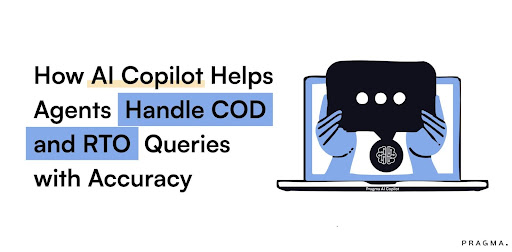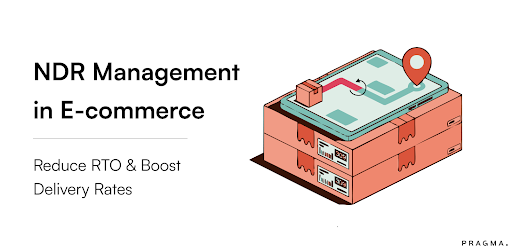Better communication, and at the right time!

Sales. Something that grows when a brand understands their customers, their behaviour, and most of all - the accuracy in predicting the actions of both customer and potential customers. This accuracy is crucial for boosting holiday ecommerce conversions. It's even better when it's consumer analysis from 300+ brands, helping optimise for hyper-targeting. Holiday Ecommerce Conversions.
It's even better when it's consumer analysis from 300+ brands, helping optimise for hyper-targeting using a D2C Ecommerce Holiday Marketing Calendar.
The Basics of Prediction Engine
The Who - To understand the end consumer
- Are they students?
- Are they casual users?
- Are they subscribers? Etcetera
Because, identifying who they are is the first step in predicting the future probability of similar user conversions
Followed by
- Which particular segment/subset of users should you be reaching out to?
- What order do you reach out to them in? Based on priority i.e. Most/Least likely to convert?
Finally
- Building a 360° view of Consumers by stitching together their actions (product usage), demographics, and other data all in one place. By integrating data from product analytics, conversions/billing, and CRM, brands can perform ecommerce holiday forecasting to better predict consumer behavior and optimize marketing strategies during peak shopping seasons
Covering 3 key databases:
- Product analytics
- Conversions/Billing
- CRM
- Segmenting users - who are most likely to convert, buy more, recommend etc.
- Integrating into workflows for automation by syncing target users and related information into various personalisation
Like - Products & Offer Recommendations,
Item Restock Notifs, Abandoned Cart Recovery and more
Basically, brands sync the users who critically qualify into their CRM and communications channel along with relevant information (demographic, behavioural and conversion likelihood) that would help personalise Marketing campaigns, automation, and also sales team pitches.
Personalisation x Prediction
1. Segmented Audience

- Messages will be sent on the preferred mode of communication - based on usage and contributing factors
- The style/format of messaging - Formal, semi-formal etc; based on Gen-Z/X/Y
- Timing - The right time to send notifications is decided by active user time on specific platforms. To increase CTR (Click Through Rate)
2. Holiday Targeting
- Understand which holidays suits best for your individual products. Gauge the period in which sales is maximum. Example - 2 weeks before Christmas; bases on which you can plan campaigns before that period etc. Ecommerce Holiday Forecasting
- Gauge the period in which sales is maximum
Example - 2 weeks before Christmas; based on which you can plan campaigns before that period using a comprehensive D2C Ecommerce Holiday Marketing Calendar.
( Speaking of Holiday Targeting, Checkout Pragma’s WhatsApp Suite, and how we average a 11X ROAS (Return On Ad Spend) → bepragma.ai/product/whatsapp )

- Allocating flows based on the stage of the funnel - top, middle, or bottom of the funnel.
This is so that you don’t sound redundant by sharing basic information to the bottom of the funnel, and vice-versa.
- Understanding Drop-offs - based on the exact instance of the drop-off, brands can share messages to counter behaviour. And this also helps optimise the stage, and the brand messaging for future circumstances.
4. Automation

Flows that can be automated with the data from predictions to retarget consumers to a use-case specific chatbot to help conversion - (obviously on different platforms - WhatsApp, Facebook, Instagram)
- Chatbots for order management and other information
- For product queries
- For support etc
Other advantages of Building predictability into D2C Marketing?
- Sift through as many users as you want (millions), enabling an improved sales bandwidth for your team
- Combine the data and run complex analytics to set up a seamless communication system to optimise various segments of the brand
PS: Pragma’s WhatsApp Suite is the ideal channel to couple with our prediction data from 300+ Brands → bepragma.ai

FAQs (Frequently Asked Questions On Building Predictability in D2C Marketing: A Simple Guide)
1. How does holiday targeting improve campaign effectiveness?
Understanding peak sales periods (e.g., two weeks before Christmas) and planning campaigns accordingly ensures timely and relevant outreach that maximises conversions.
2. What types of automated flows can brands deploy based on predictions?
Targets include abandoned cart recovery, personalised product recommendations, restock notifications, and use-case specific chatbots for order and customer support.
3. How does automation help manage large volumes of users?
Automation enables brands to process and communicate with millions of users efficiently, expanding sales bandwidth without compromising personalisation.
4. What channels are commonly used for prediction-driven marketing communication?
Preferred channels include WhatsApp, Facebook, Instagram, and currently top messaging platforms where chatbots and personalised messages facilitate conversions.
5. How does integrating prediction data with communication platforms improve sales?
Synchronising customer data with automation platforms like Pragma allows brands to deliver highly personalised, timely messages that improve engagement and return on ad spend (ROAS).
Talk to our experts for a customised solution that can maximise your sales funnel
Book a demo




.png)